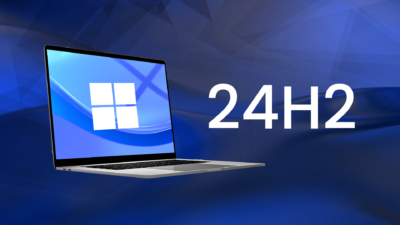Microsoft’s fix haven’t bring back Windows application shortcuts

Microsoft announced on Friday afternoon that the problem with Windows that was causing application shortcuts to vanish from the Start menu or taskbar had been entirely resolved. This morning, a number of IT administrators described the issue on Twitter and Reddit. Microsoft later acknowledged the issue was due to a recent update to the Microsoft Defender threat detection methods.
Businesses and organizations that use Microsoft 365 and Defender to guard against malware, viruses, and other threats are affected by the issue. Microsoft informed customers that it had heard from sources that the issues were being brought on by a certain attack surface reduction (ASR) rule. IT administrators attempted to circumvent the problem earlier in the day by setting the “Block Win32 API calls from Office macros” rule to audit only.
As it continues to look into the matter, Microsoft claims it “reverted the rule to avoid any future effect.”
However, it took several hours for the update to spread out before Microsoft said at 4:46 p.m. ET that it had been properly implemented.
The bad news is that, as Microsoft’s issue details state (with our added emphasis), the remedy does not bring back the removed shortcuts.
Future Steps’ cyber security update build 1.381.2164.0 fixes this problem. The problem should be resolved by installing security intelligence update build 1.381.2164.0 or later; however, it will not bring back previously removed shortcuts. These shortcuts will need to be created from scratch or restored using different techniques.
One IT administrator responded to Microsoft’s admission of the problem on Twitter with, “This has caused a miserable day.” Another laughed, “Happy Friday, the thirteenth.” The issue has caused IT administrators to scramble to find a solution and restore the shortcuts, with many of them being forced to advise their Windows customers to manually run their apps from the location where they were downloaded or by using Start > Run and the application name.
All shortcuts vanished, not only those to Microsoft apps, according to three IT administrators who are currently dealing with the issue at their firms.
This unusual flaw only affects managed PCs inside of companies; it has no effect on common Windows users or customers. The number of machines within large companies that rely on Microsoft’s threat detection protection is still in the hundreds or thousands.
We’ve contacted Microsoft for comment on the matter, and we’ll keep you informed as necessary.
RS News or Research Snipers focuses on technology news with a special focus on mobile technology, tech companies, and the latest trends in the technology industry. RS news has vast experience in covering the latest stories in technology.











